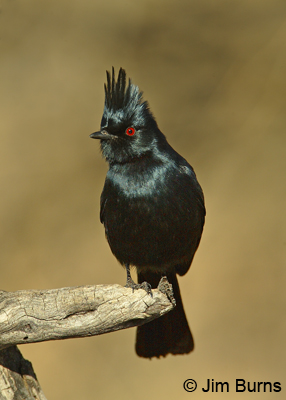
Not long ago someone asked me to name my five favorite bands from my adult lifetime. Journey was on the list of course. I once heard their music described as a “wall of sound.” I am thinking about this a couple weeks ago listening to the dawn chorus, an avian wall of sound, as I stretch out at our front yard fountain after an early morning run as the sun peeks over the new day’s edition of the monsoon clouds on the eastern skyline.
The Gila Woodpeckers are front and center, “churring” back and forth loudly, a Curve-bill is doing his wolf whistle thing, Lesser Goldfinches sing from the Palo Brea, and our local mockingbird is mimicking himself, repeating each phrase in his huge repertoire four times. In the middle distance I can make out the squeaky little dawn song of the Western Kingbird that nested again out on the greenbelt, from the neighbor’s across the street comes the laughter of Abert’s Towhees, and the guttural tones of our State Bird, North America’s most unmusical wren, provides the background chorus as a pair of lovebirds screeches their way across the neighborhood. A wall of sound indeed. Many of these are probably waiting for me to go inside so they can come to drink.
I catch movement along the fenceline and glance up to see a medium sized dark shape land near the mailbox--a male Phainopepla. Wait! What? I do a double take. That’s a new yard bird and, even more interesting, what is our “black cardinal” doing here in the low desert in the middle of July? Phainopepla is the answer to a fascinating bird trivia question—what is the only North American species known to nest in two completely different habitats in the same season?
In the deserts of Arizona Phainopeplas are early spring nesters, typically in mesquite bosques, their breeding timed to coincide with the peak of the mistletoe berry crop and the first insect hatches of the year. When the deserts begin to heat up in late spring, they move up into oak-chaparral foothills and raise a second brood. I have never seen a Phainopepla anywhere near our neighborhood just off the south Scottsdale Greenbelt, and one this late in the summer is even more unlikely. Between their two breeding seasons Phainopeplas are nomadic, typically traveling through the foothills in medium to large flocks of families with young of the desert breeding. It is certainly atypical to see a black cardinal in an urban setting at any season. Phainopeplas just don’t do cities. I laugh to myself in disbelief. Maybe it’s global warming.
The bird flips up into our massive old olive tree and disappears. I listen in vain for its seldom recognized oriole like song or its standard, soft “wurp” call note. If this bird is vocalizing, it’s lost in the wall of sound produced by the neighborhood regulars. I never see it again, and Phainopepla takes its place in our top five most unusual yardbird list along with Gray Catbird, Rufous Hummingbird, Yellow-breasted Chat, and Townsend’s Warbler, all one day wonders. At least the other four were obviously migrants during migration season. I go inside and flip on the radio. Journey’s Don’t Stop Believin’ fills the room.